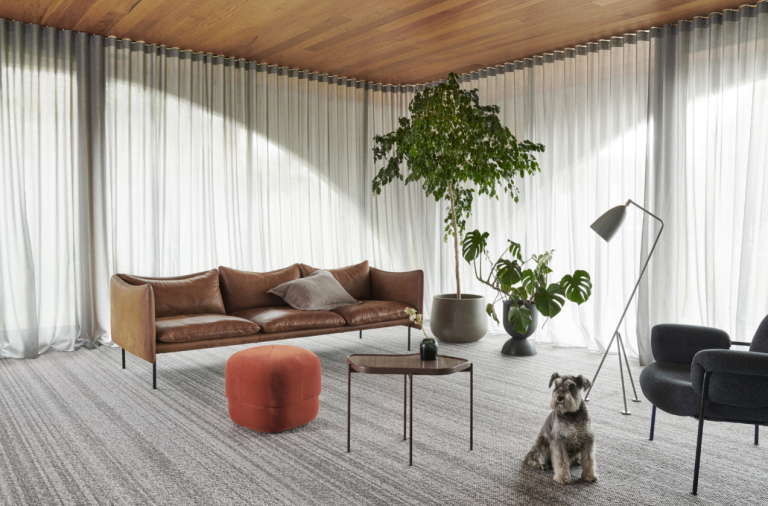Have you ever walked into a carpet retailer and been completely overwhelmed by the array of choices, well your not the only one. Whether you like a loop, twist, or plush pile carpet we have a selection of them all. As explained below there are several different carpet styles and carpet types available each with its own added benefit.
CARPET STYLES

Loop pile Carpet
Loop pile carpets are made with loops that are all the same height, creating a flat, smooth surface. These carpets can be very casual or very formal looking, depending upon the style. Loop pile carpets are very durable. The loop pile does not show footprints and wears exceptionally well making it an excellent carpet for busy areas, such as family rooms, hallways and staircases. Due to their popularity, loop pile carpets are available in a huge range of colours and styles which can be seen below.
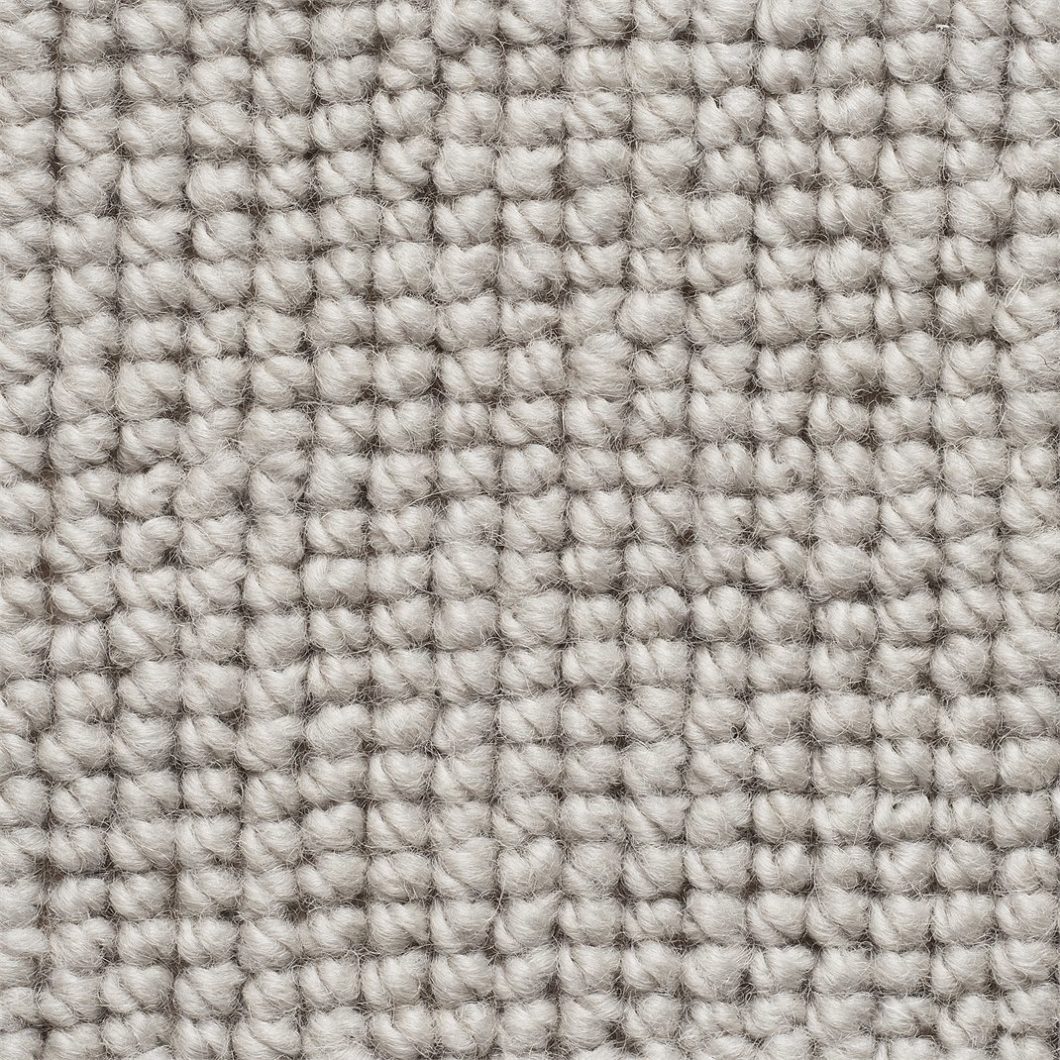
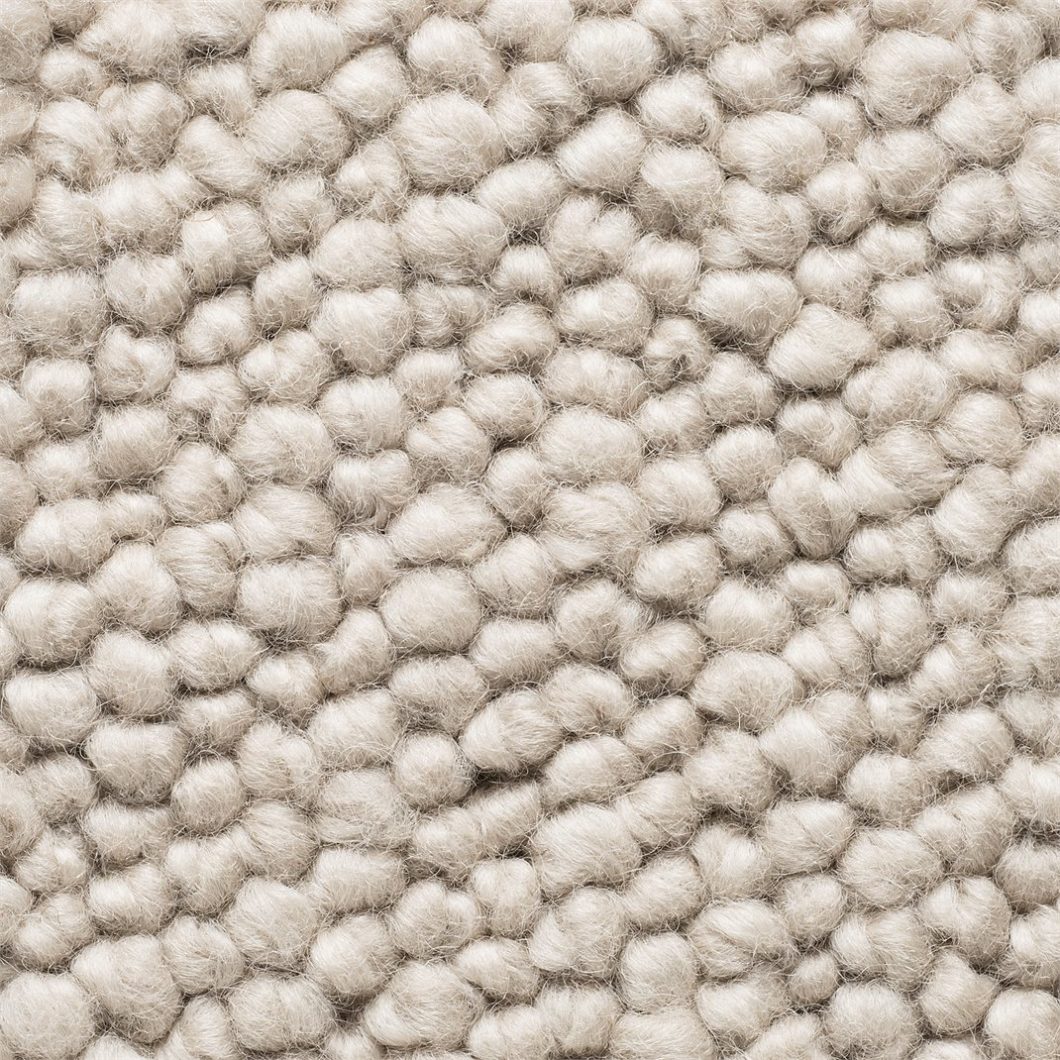
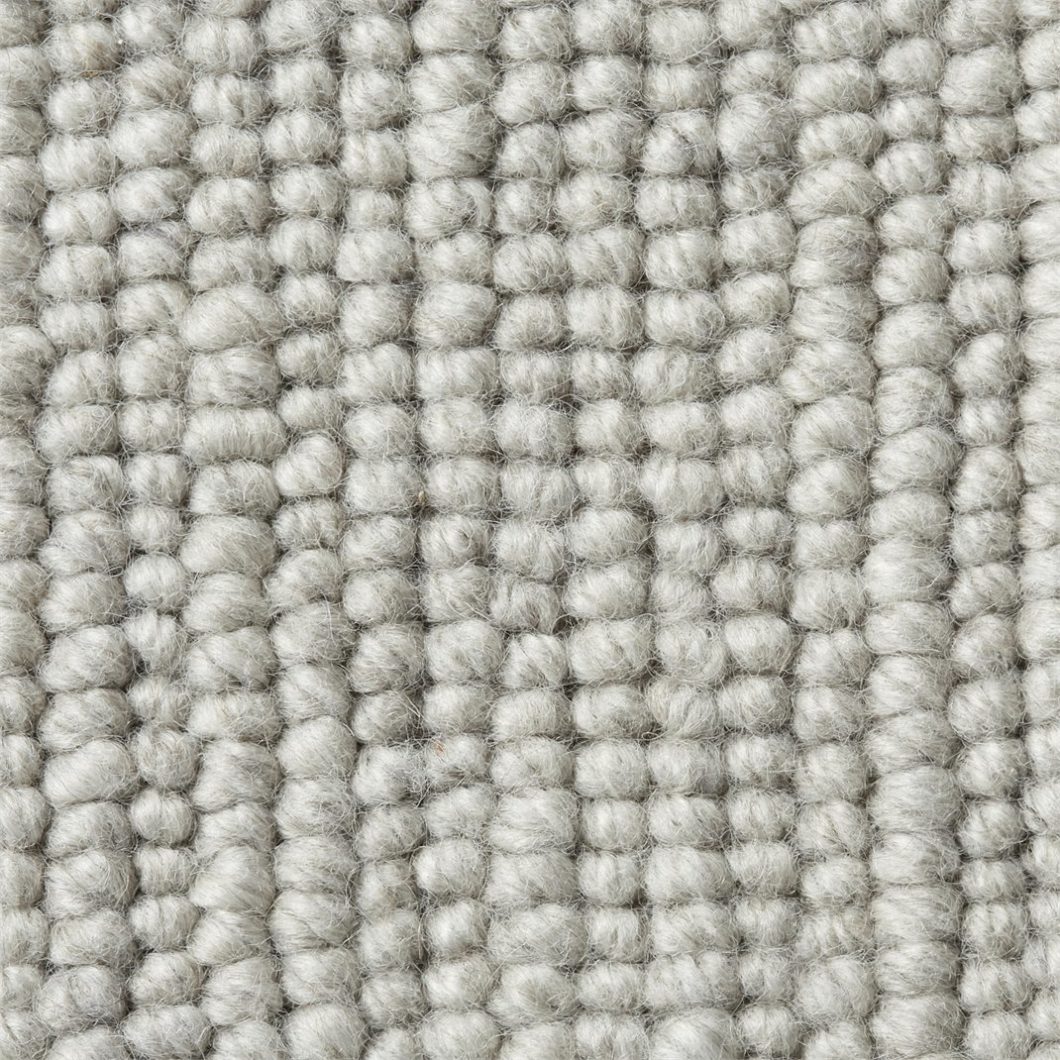

Twist pile Carpet
Twist pile carpet is a durable and popular style for residential homes. It’s where the fibre loops are cut and twisted, giving exceptional comfort and long-term wear. This style of carpet is suitable for a wide range of areas and uses. Twist style carpets tend not to show tracking or watermarking and come in a large variety of colours.
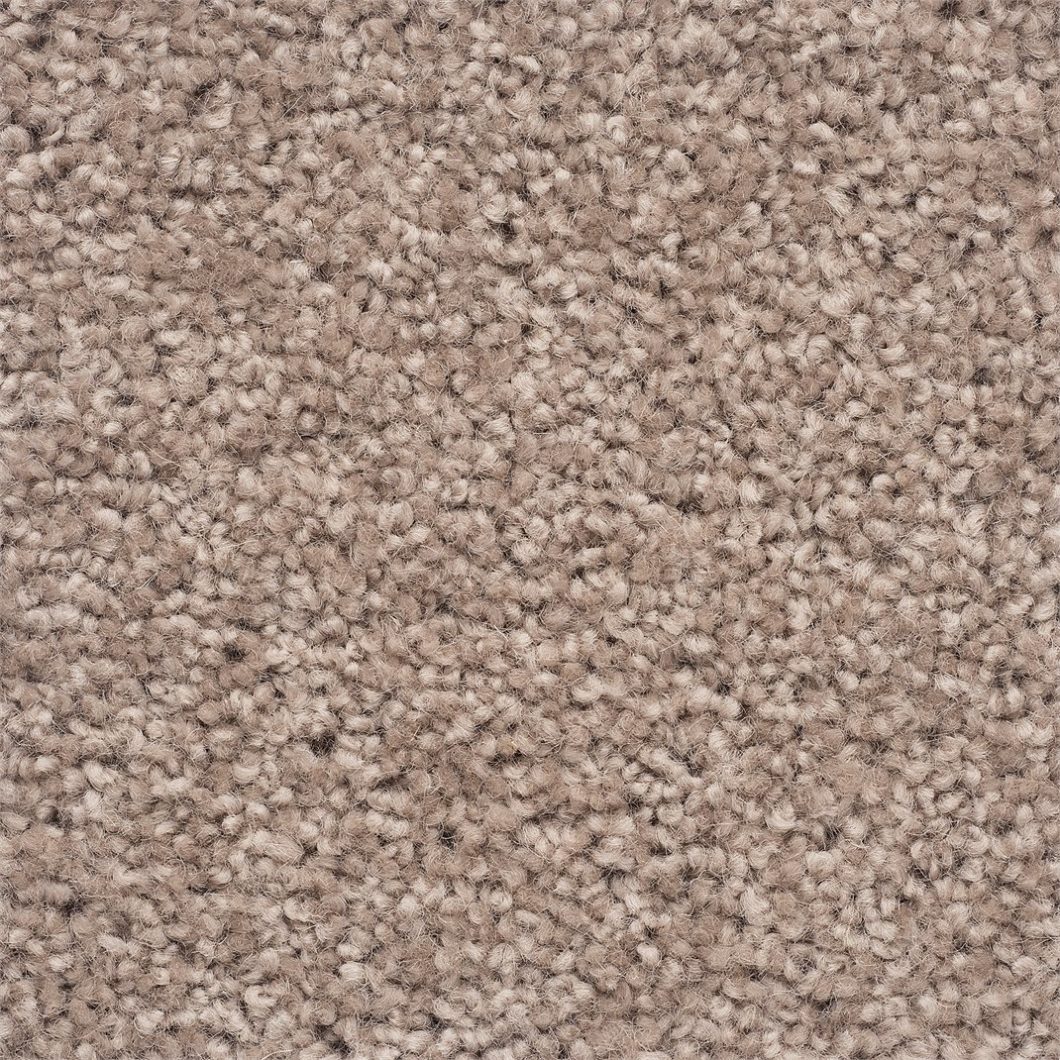
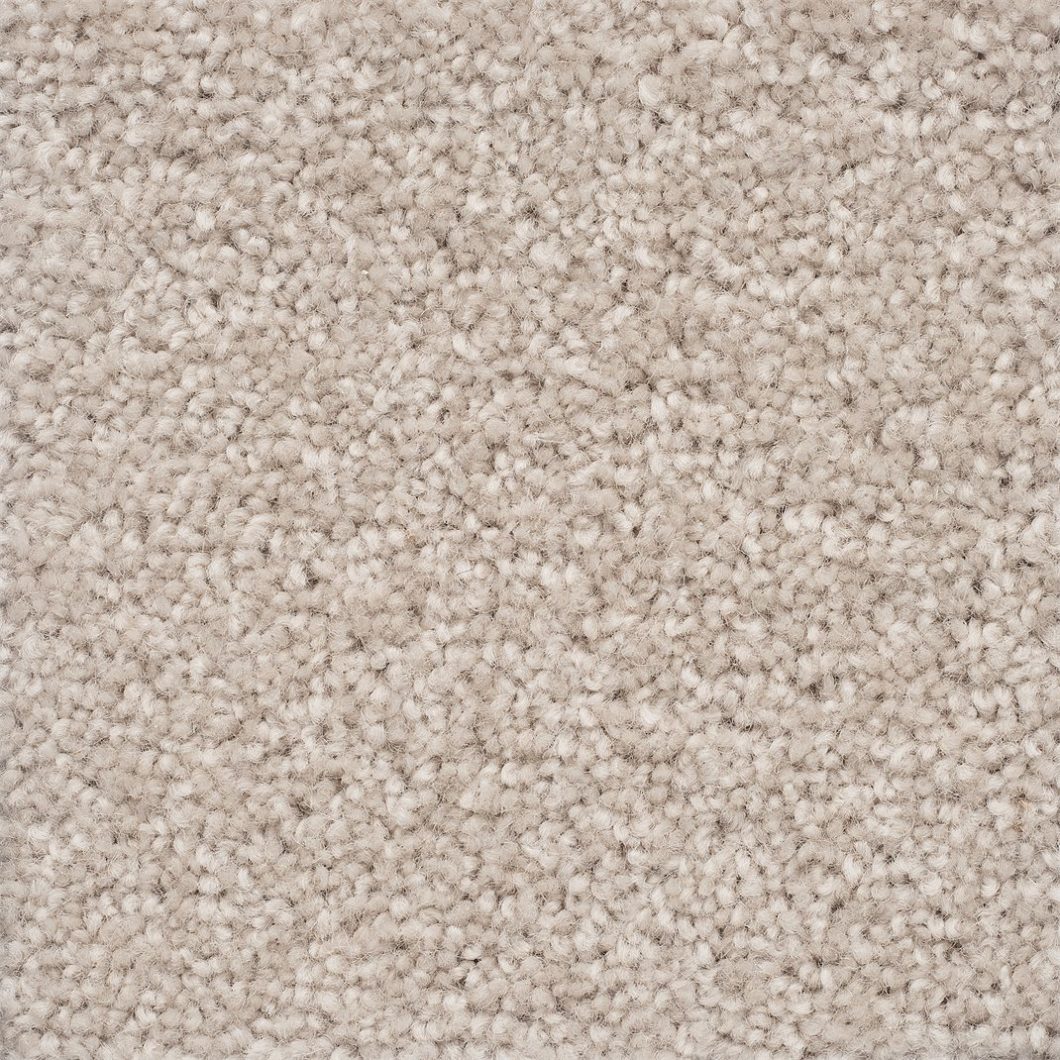
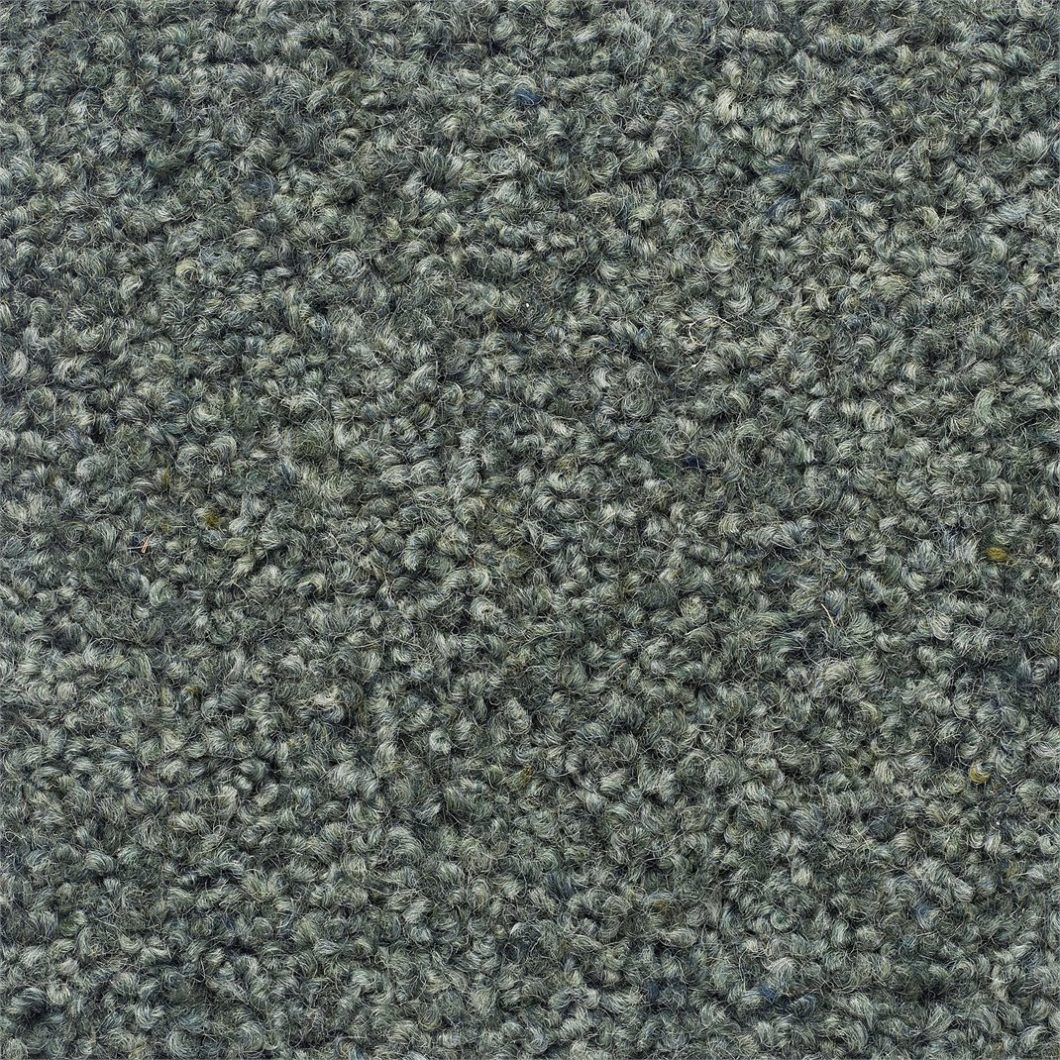

Multi-level loop Carpet
Multi level loop carpets are a popular variation on loop pile carpets. The loops of differing heights create patterns or lines within the carpet, adding to the carpet texture and interest. This style of carpets is very hard-wearing and often looks like the texture of sisal.
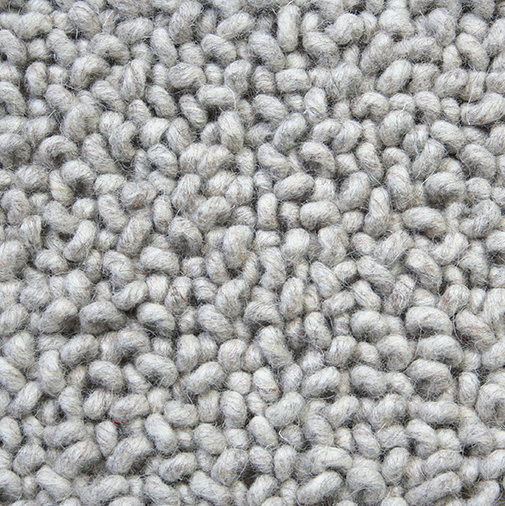
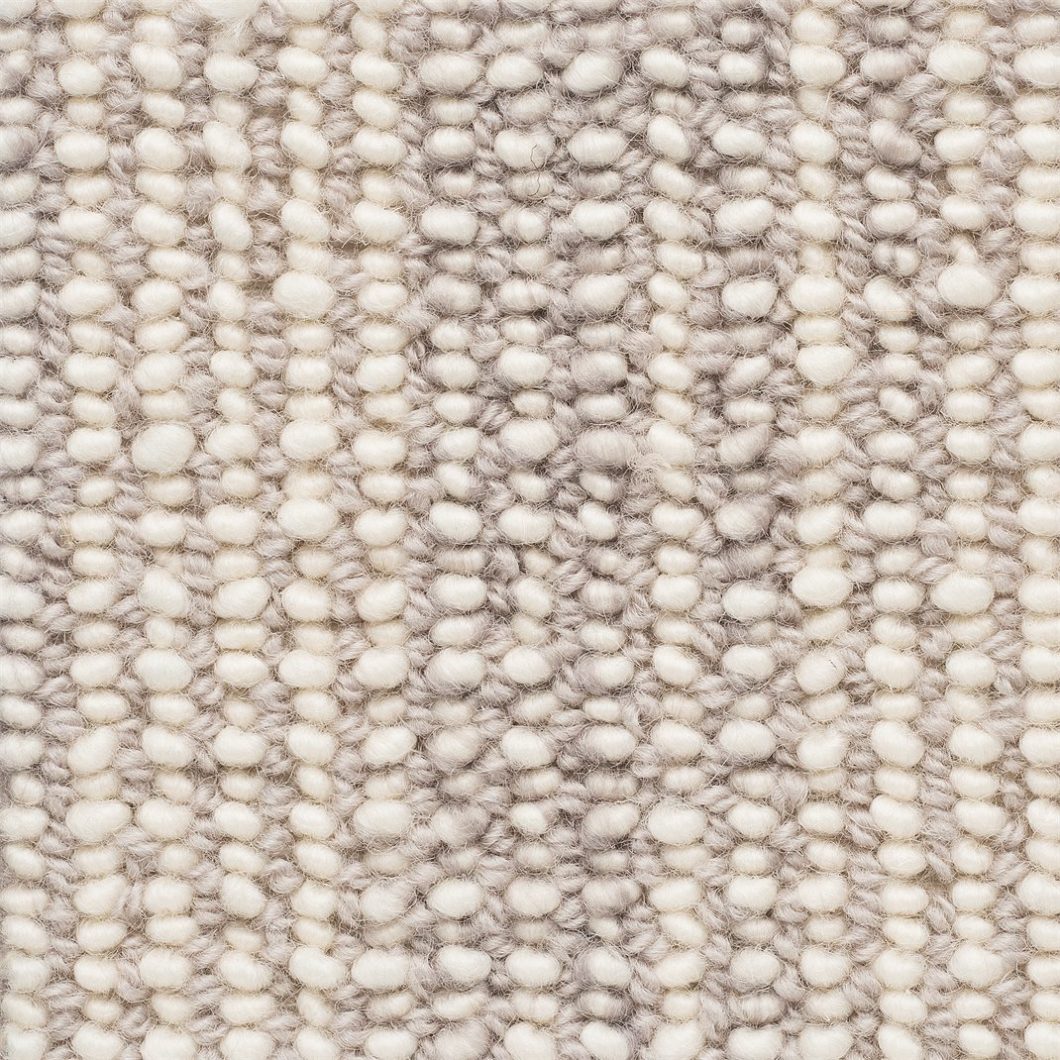
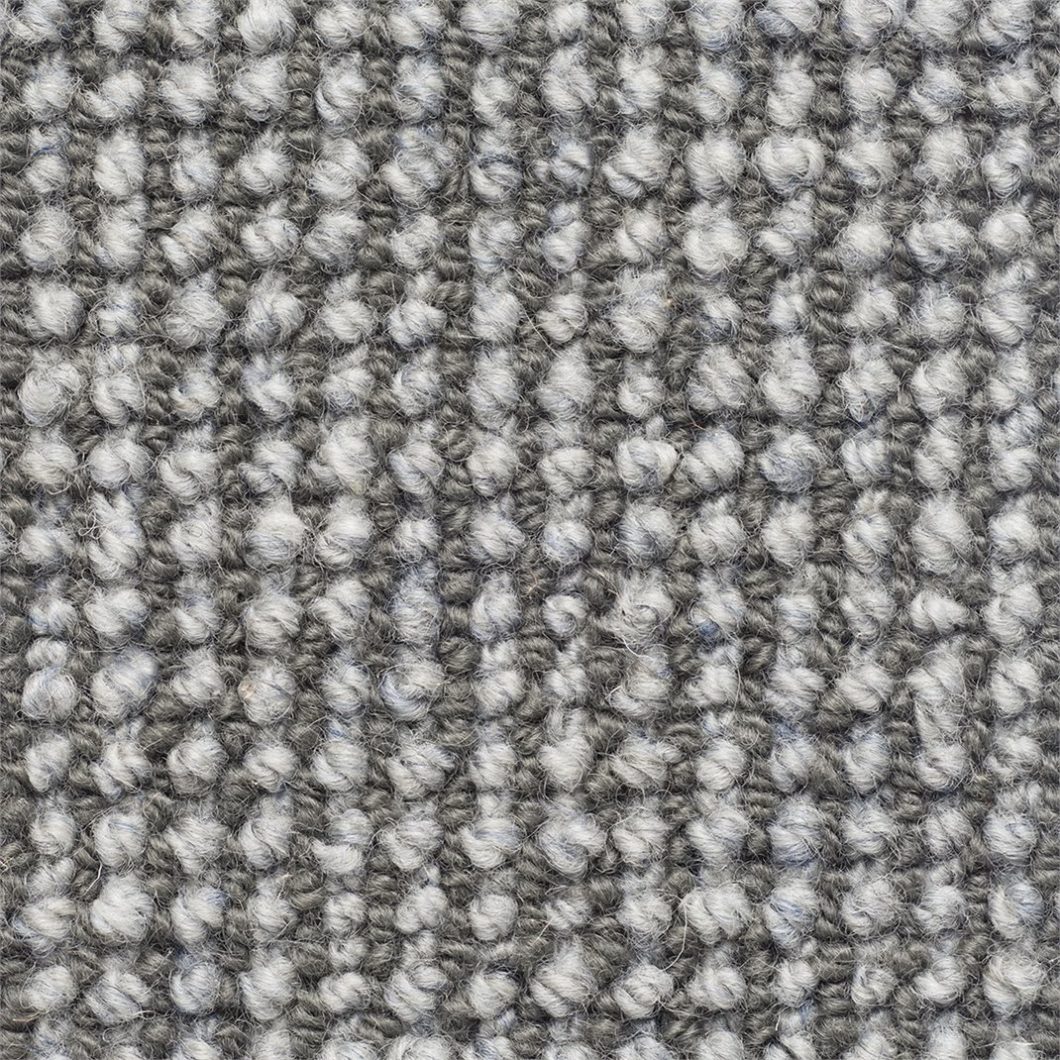

Plush Carpet
Plush pile carpets are very luxurious to the touch, having a velvet like appearance. The pile is short and slightly twisted. Soft and lush, plush pile carpets do tend to show footprints and can watermark or show shading over time. Watermarking/shading is not a defect – it is most often due to wear and does not affect the durability of the carpet. An excellent carpet for comfort and style, suitable for lower traffic areas.
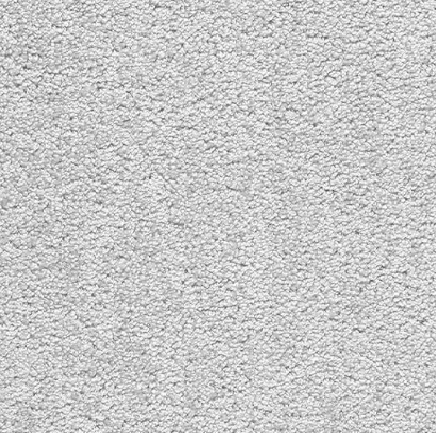
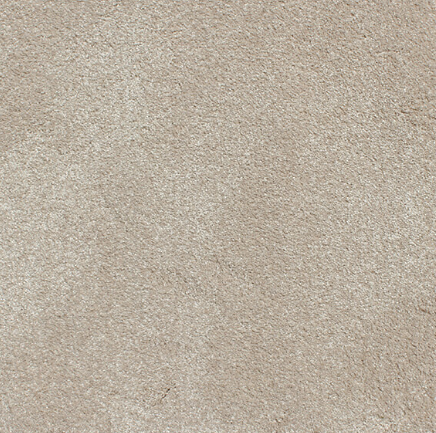
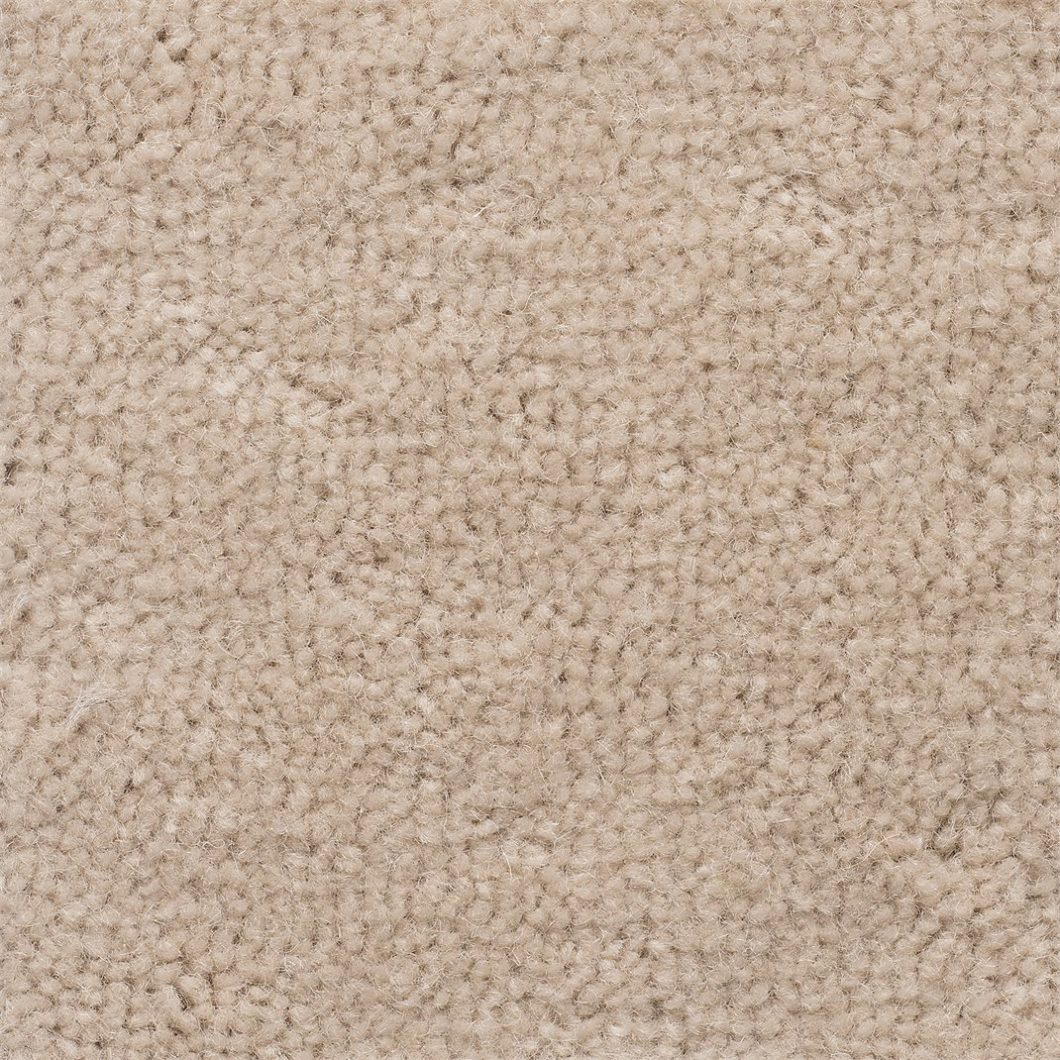
CARPET TYPES
Heathered carpet
Heathered carpet refers to carpets that are made of yarns with colourways of generally earthy tones, flecked or mottled appearance. This creates a great natural style with a variety of colour throughout the carpet, compared to one solid block colour. The pile surface can be in the form of chunky loops or a more refined cut pile appearance.
Patterned carpet
Patterned carpets are made with cut pile style. Patterned carpets work particularly well with larger scale designs as each of the fibres is specifically coloured to create the overall design. This can often result in a pixilated look for smaller designs.
Printed carpet
With the advancements of digital technology, there are fewer restrictions on carpet design with the capability to now print more intricate designs. Printed carpets are as the name suggests, the carpet design is printed onto the surface of the carpet. With the ability to reproduce designs at over 1 million pixels per sqm manufacturers can now achieve great clarity as well as the richness of colour and texture that was not previously available.
Felted carpet
Felted carpet is where the wool fibres have been washed and agitated resulting in the individual fibres shrinking, this is known as felting. As a result of the felting process carpets that use felted yarn are tight and therefore less likely to fray or shed.
Tufted carpet
Majority of the carpets you see in stores today has been made using the tufted method. The tufting process is similar to that of a regular sewing machine. Whereby the primary backing is passed through the machine, containing hundreds of individual needles carrying the wool yarn. The needles insert the yarn into the carpet backing and withdraw to create a small hook that holds the yarn in place. A synthetic latex adhesive is then applied as well as a secondary backing fabric to stabilize the carpet and give it the final form.
Woven carpet
This is the traditional method to make carpet with the process dating back over 200 years. Woven carpet can often be referred to as Axminster or Wilton. These are the types of weaving looms. Compared to tufting, woven carpet manufacturing is slower and more labour intensive. Consequently, woven carpet tends to be more expensive than tufted carpet, but with unlimited designs and 200 years of performance, woven carpet is still very popular.

 (07) 5591 2777
(07) 5591 2777